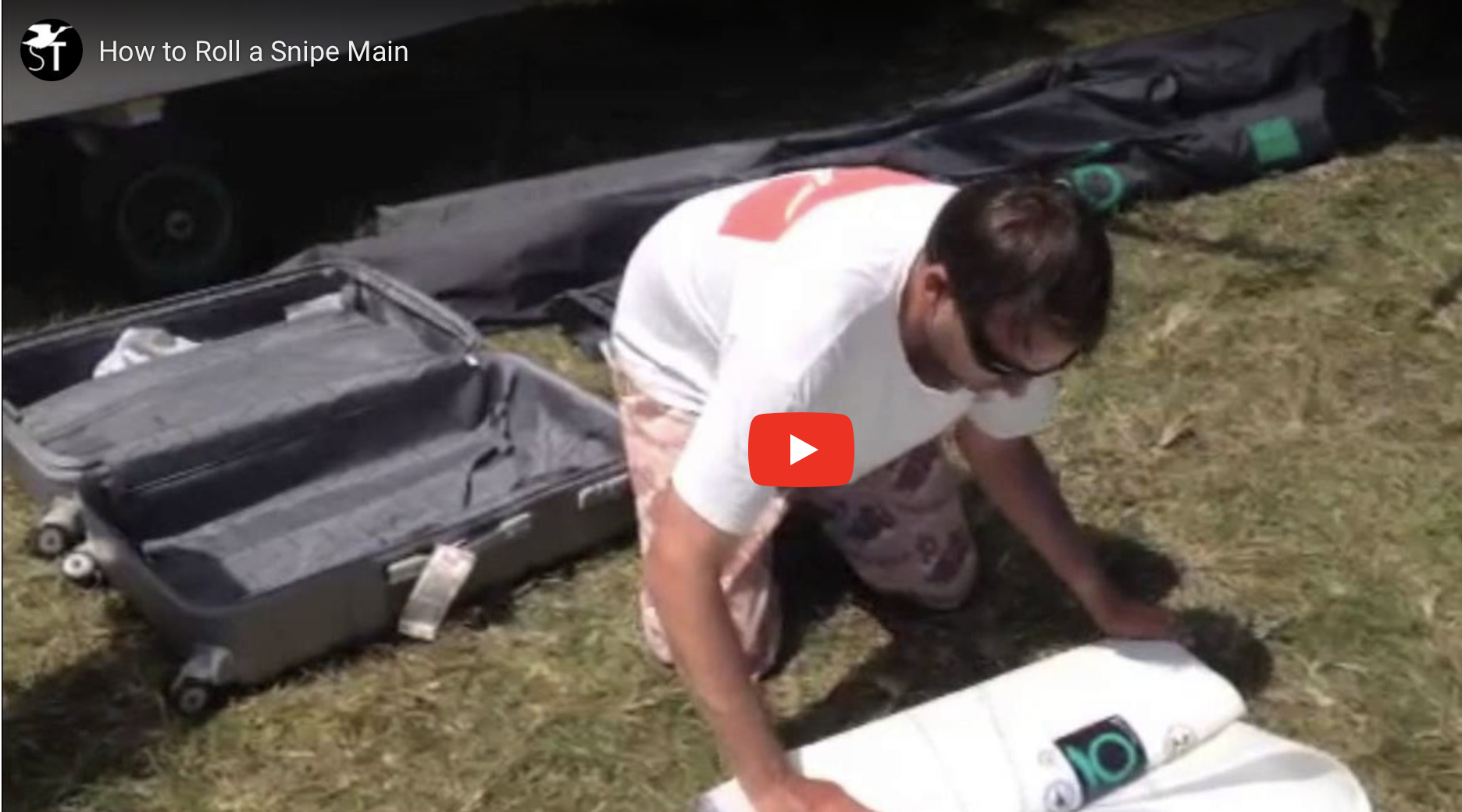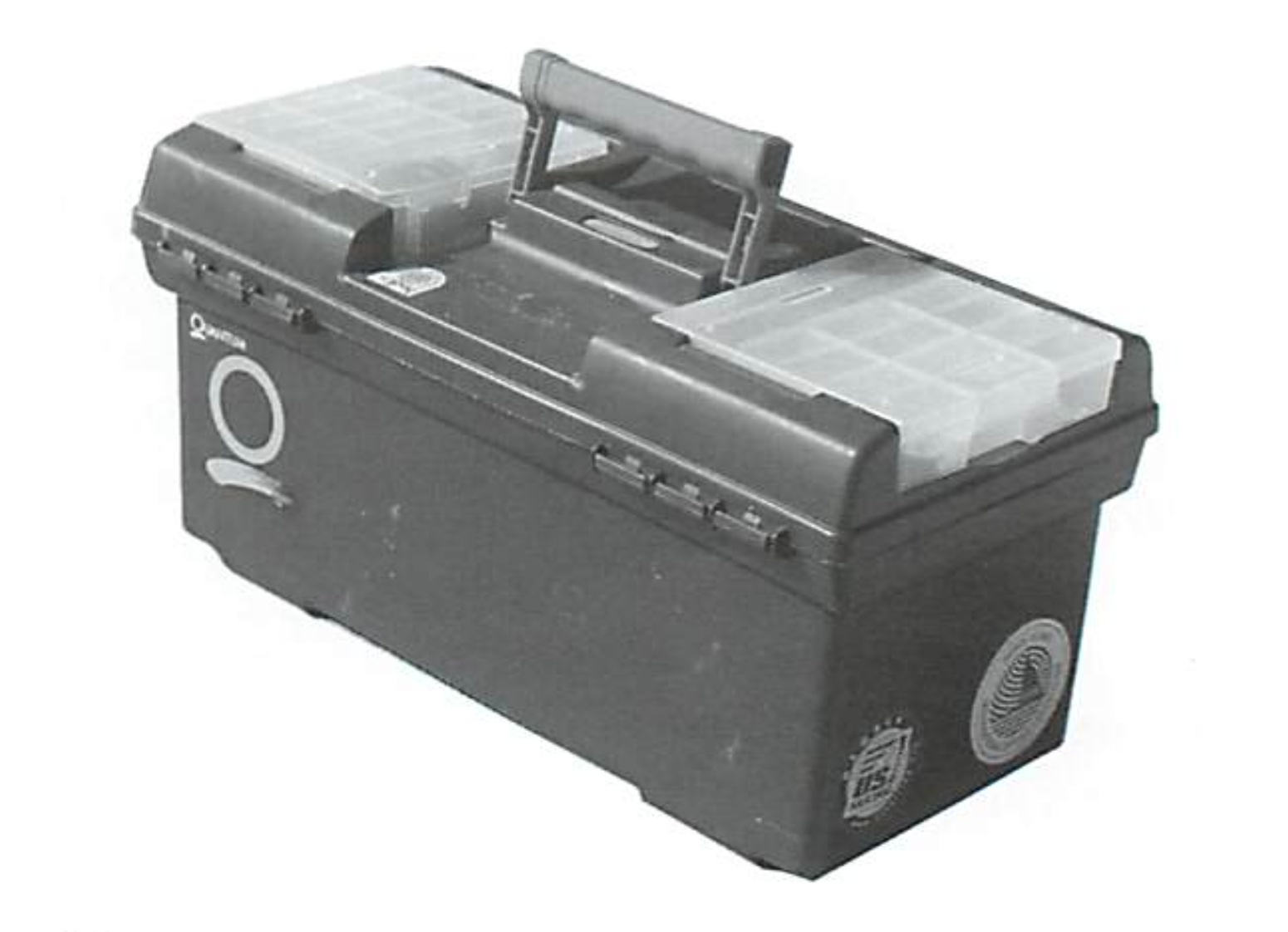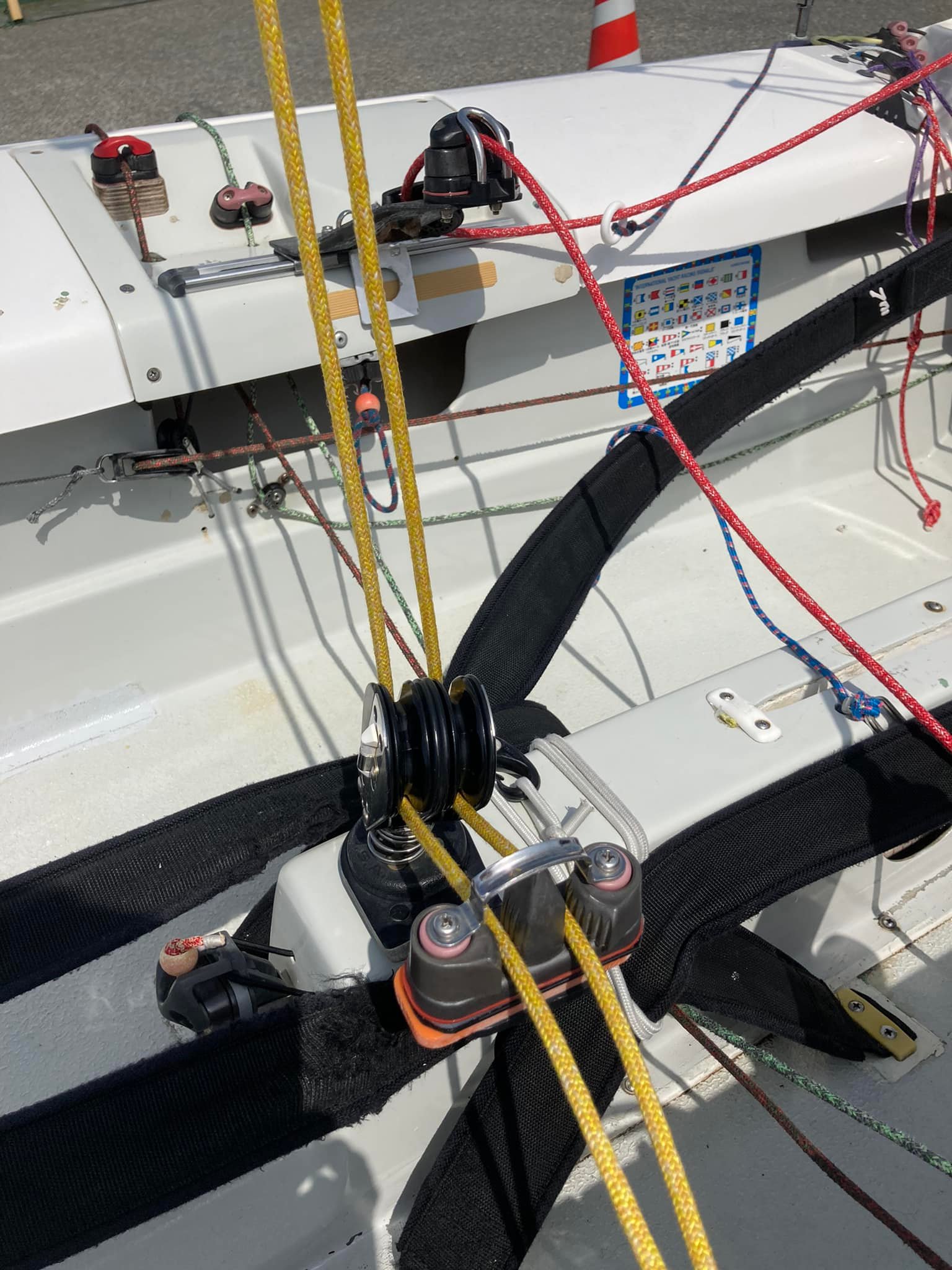Snipe Maintenance: Little Things Matter
The first day of this year’s Comodoro Rasco was a glorious Biscayne Bay northeast hiking breeze.


by Carol Cronin
The first day of this year’s Comodoro Rasco was a glorious Biscayne Bay northeast hiking breeze. On the second beat of the second race, Kim and I were sailing upwind, still getting used to the feel of our new ride, trying to think big and keep hiking hard—when a loud bang from the back of the boat reminded us that sh#thappens in sailboats when we least expect it. (First day in the new boat? Why yes as a matter of fact.)
I looked aft, not knowing what to expect (there’s not much structural stuff back there), and soon spotted the outhaul block standing upright; it should’ve been happily lying down against the top of the boom, out of sight and out of mind. But the aft rivet had pulled out, allowing the block to lift up with the outhaul line.
…
Fortunately, the previous owner of 31295, Peter Commette, had rigged a safety line on said boom. Fortunately, I’d tied it onto our mainsail clew that morning. We were able to keep racing (though our looser-footed main gave us even more unneeded power). We limped around the race course the rest of the day, but we got to keep playing—with no DNFs in a no-throwout regatta.
Once we got ashore, we found a gaping hole where aluminum boom (and stainless rivet) used to be. Less than three years old, and corrosion had already eaten away that crucial piece of spar. Thanks to Peter’s wily warranty work, we got it ready to race again before the Saturday afternoon cocktails ended. And then, over celebratory drinks, we all shook our heads: “Never seen that before.”
That very same morning, 30860 (the boat I’ve owned since 2010) had been called “the best maintained Jibetech I know” by an observant crew on another boat. At the time it made me smile, but after the outhaul block incident it also started me thinking about the importance of maintenance. Snipes are quite durable, but there are a lot of little things that add up to keeping one in tiptop competitive form. So how do we maintain a Snipe “correctly”? Turns out, small things done right over time matter most of all—and for once I was able to teach Peter a few tricks.
Below is a list of the routine maintenance I do. Most of my sailing is in salt water, but these will help over time no matter where you sail.
Before every regatta
- Check over major fasteners to make sure they haven’t loosened up. Chainplate bolts, gudgeons, traveler blocks, other hardware attachment points; finding problems early might just save the day.
- Check over mast before stepping. Any signs of corrosion? Halyard blocks spinning freely? Spreaders/standing rigging okay?
- Check jib luff wire for kinks or signs of corrosion.
- Check over boom hardware, especially those rivets!
- Check lines for chafe. Retie at a different length if possible (I’m looking at you, outhaul). Replace any that have worn through more than 20 percent of the core. Every boat has different rough spots; learn yours and pay special attention to nearby lines.
- Polish the hull to keep water stains out and shine in. We use either McLube Hullkote (easier to apply, doesn’t last as long) or Starbrite Teflon.
Before every race day
- Check that knots are tight where they belong (hiking straps, sheet and halyard tails) and haven’t snuck in anywhere they don’t belong.
- Check lines for chafe, again
- Replace missing telltales
- Check tiller extension universal for cracks; if you see any, replace or rig a safety line.
After every race day
- Rinse everything well, especially in warmer locations (where salt spray dries thick and crusty). Several areas are easy to miss:
- Inside the boom (I will never forget this one ever again, and neither will Peter).
- Blades (especially the centerboard). Rinse both sides well.
- Anywhere stainless and aluminum come in contact (chainplates, mast ram, mast step, tiller extension attachment)
- Jibetech owners: rinse down inside the jib cloth tube.
- Fix any problems right after sailing; don’t wait until the next morning. It always takes longer than you think.
After every regatta
- Rinse mast, spreaders, and rigging and make sure water can drain out of mast tube. Soap up blocks and cleats to keep ratchets running smoothly.
- Remove all rigging tape (it holds salt).
- If you sky the halyards and store your mast in a bag (like I do), rinse the halyard tails and do NOT tape them against the mast.
- Remove an inspection port (to let hull breathe).
- Trailer/store boat with bailer open.
- Relieve pressure on tie down straps when not in use.
Bonus tips
- At least once a season, go over every inch of hull and deck. Fix any dings (or get a friendly boatbuilder to fix them for you), even if they aren’t all the way through the gelcoat.
- If you have Sta-masters, adjust them by hand only; using a wrench will trash the threads. And if you ever tie up at a dock (or next to another Snipe) where there’s even a hint of chop, tape around the clips to save them from getting damaged.
I’m sure there’s much more, but I’ll leave it there for now.
And last but definitely not least, rig an outhaul safety line!
Leave a reply
Your email address will not be published. Your comment will be revised by the site if needed.







0 comments